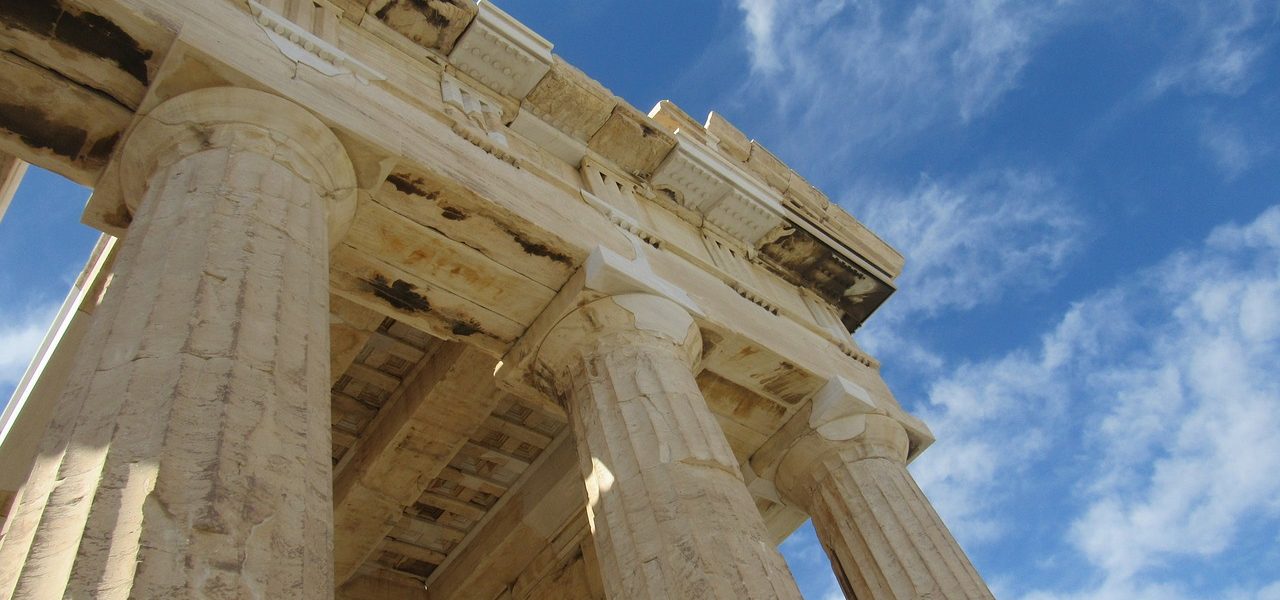Home › Forums › Ancient Civilizations › What was the next greatest city after Rome?
- This topic has 18 replies, 9 voices, and was last updated 2 years, 3 months ago by
 Phidippides.
Phidippides.
-
AuthorPosts
-
April 14, 2010 at 5:59 pm #6424
 willyDParticipant
willyDParticipantPrior to 1453 there was a great deal of contact and commerce between Constantinople and the westespecially through the Italian cities of Genoa and Venice. The knowledge of Greek culture and the languageitself was known in many areas of Europe as many Greek speaking people (Koine, not Attic of course) fledto the welcoming cities of Europe. I think the point is that many left just prior to and after 1453 swelling the ranks of the expats and bringing with them many of the cultural treasures of the Classical age of Greece and Rome. By this time the city was but a barren husk having been looted by the Venetians and other fellow Christians. The gradual spread of the ability to read classical (Attic) Greek was a tribute to the generations ofscholars who had kept the knowledge alive since Koine had begun to replace the language of Athens in thekingdoms that were formed upon the death of Alexander the Great in 323 BCE. It is no coincidence thatwhen Caesar got to Alexandria he was able to speak to Cleopatra in Greek as educated people of his classhad both languages under their belts. Cleo, I believe,spoke five languages and had a tighter belt.
April 15, 2010 at 11:04 am #6425 nkulerParticipant
nkulerParticipantYou are looking at Istanbul (Constantinople-Byzantium) from only one perspective – western christian – and I think it's misleading. It's true that Istanbul was never as influential as Rome from a western christian perspective. But after the Ottomans took over it was the undisputed center of trade, learning, religion, and arts of the muslim world. It remained as the most important city for the Greek Orthodox' and it exerted infulence over the Balkan's and even southern Russia (Crimea, Caucasia etc). I believe it's uniqueness stems from the fact that it's a city with Christian roots, govered and inhabited mostly by muslims. Thus it has influence over and it has been influenced by both.
April 15, 2010 at 11:34 am #6426 scout1067Participant
scout1067ParticipantIt is Constantinople's unique history that makes it one of the greatest cities not just of Rome but probably the world. It has influence well beyond one culture. It's uniquiness just proves how right Constantine was by rebuilding the former city on the site. It was placed perfectly to play a huge role in both the west and east. One day I will visit, but probably not for several years at least. :'(
April 15, 2010 at 11:43 am #6427 AethelingParticipant
AethelingParticipantYou are looking at Istanbul (Constantinople-Byzantium) from only one perspective - western christian - and I think it's misleading. It's true that Istanbul was never as influential as Rome from a western christian perspective. But after the Ottomans took over it was the undisputed center of trade, learning, religion, and arts of the muslim world. It remained as the most important city for the Greek Orthodox' and it exerted infulence over the Balkan's and even southern Russia (Crimea, Caucasia etc). I believe it's uniqueness stems from the fact that it's a city with Christian roots, govered and inhabited mostly by muslims. Thus it has influence over and it has been influenced by both.
I share your view with this one.
December 18, 2022 at 11:14 pm #61007 PhidippidesKeymaster
PhidippidesKeymasterRevisiting this thread after all these years, I’m a bit surprised that I intially did not include Constantinople on this list from the beginning. Fortunately, several others brought this up in the thread.
The original question I posed is a bit weak since I didn’t give the parameters of the question. What is meant by “great”? Is it size? Or influence? What about the concept of the nation-state that replaced the concept of the city-state over time?
Setting these aside, I think we can probably point to quite a few other “great” historical cities on this list, such as Amsterdam c. 1600s, Venice c. 1400s, several Chinese cities around this time, or even one of the Islamic cities in Al-Andalus (probably Cordoba).
Also, I want to correct something I mentioned in 2010 that seems like a downright rookie mistake to me now:
I have heard this before and in theory it makes limited sense. I say “limited” because Renaissance art, and even humanist thought (e.g. Petrarch) clearly had their beginnings prior to 1453 (at least in Italy). I will have to find out the extent to which Eastern migration did influence Italian culture.
My instincts were correct, but my history knowledge was poor. The catalyst for the Renaissance was not the Fall of Constantinople in 1453, but the sack of Constantinople in 1204 by crusaders during the Fourth Crusade. Byzantine artists gravitated to the Italic peninsula in the aftermath, helping to shape the development of painting there which eventually led to the “Proto-Renaissance” of the fourteenth century, the major figure of which was Giotto. Giotto brought about a “new realism” to painting, which would set the stage for the “actual” Renaissance period in Italy, which is traditionally said to have started around 1401 with the design competition for the doors of the Florence Baptistry.
So this is why I was confused in my last post. I just didn’t know!
-
AuthorPosts
- You must be logged in to reply to this topic.


